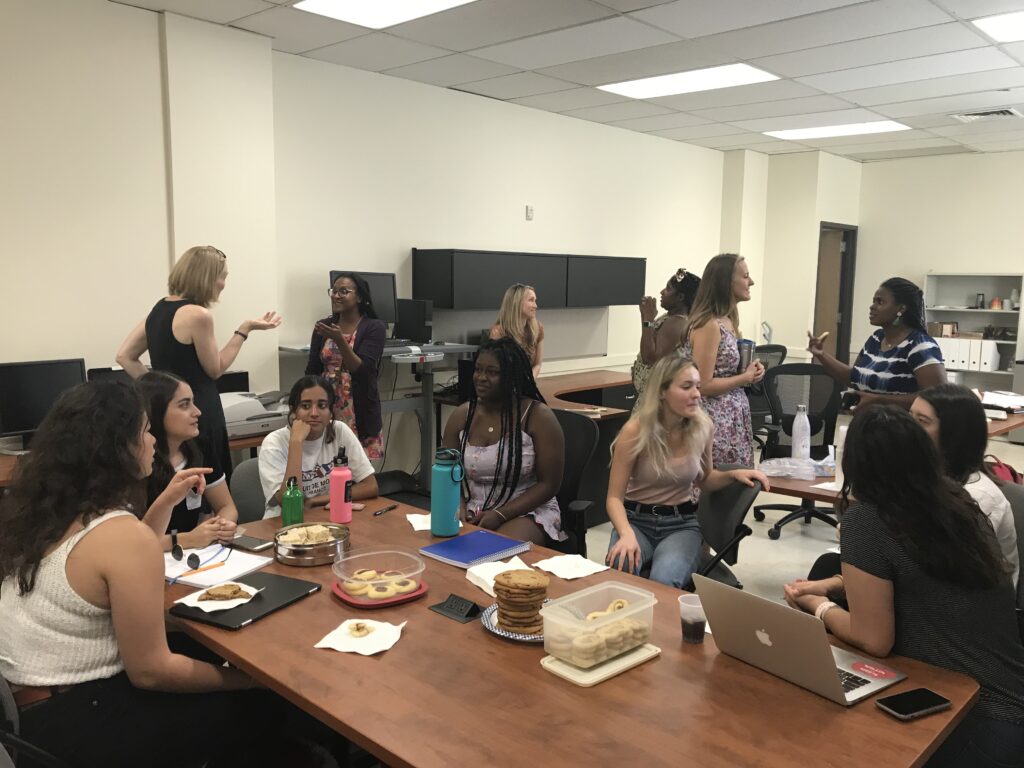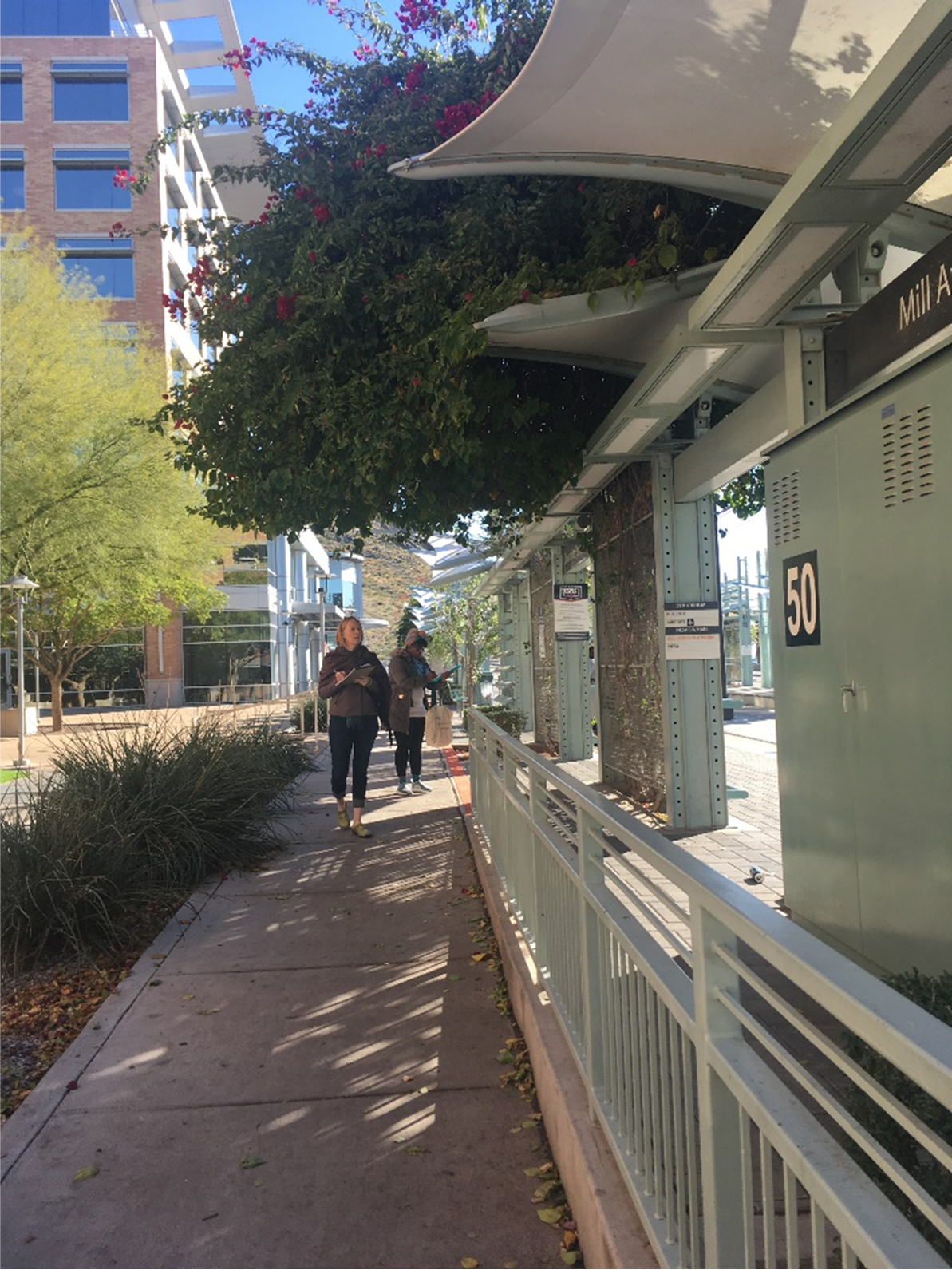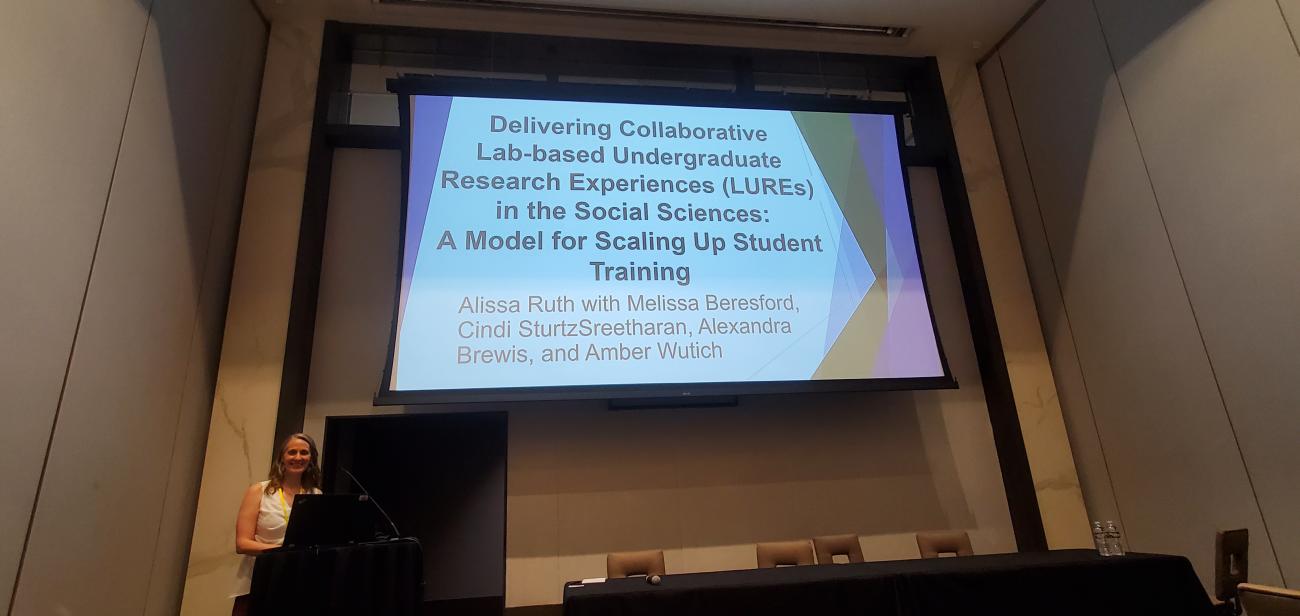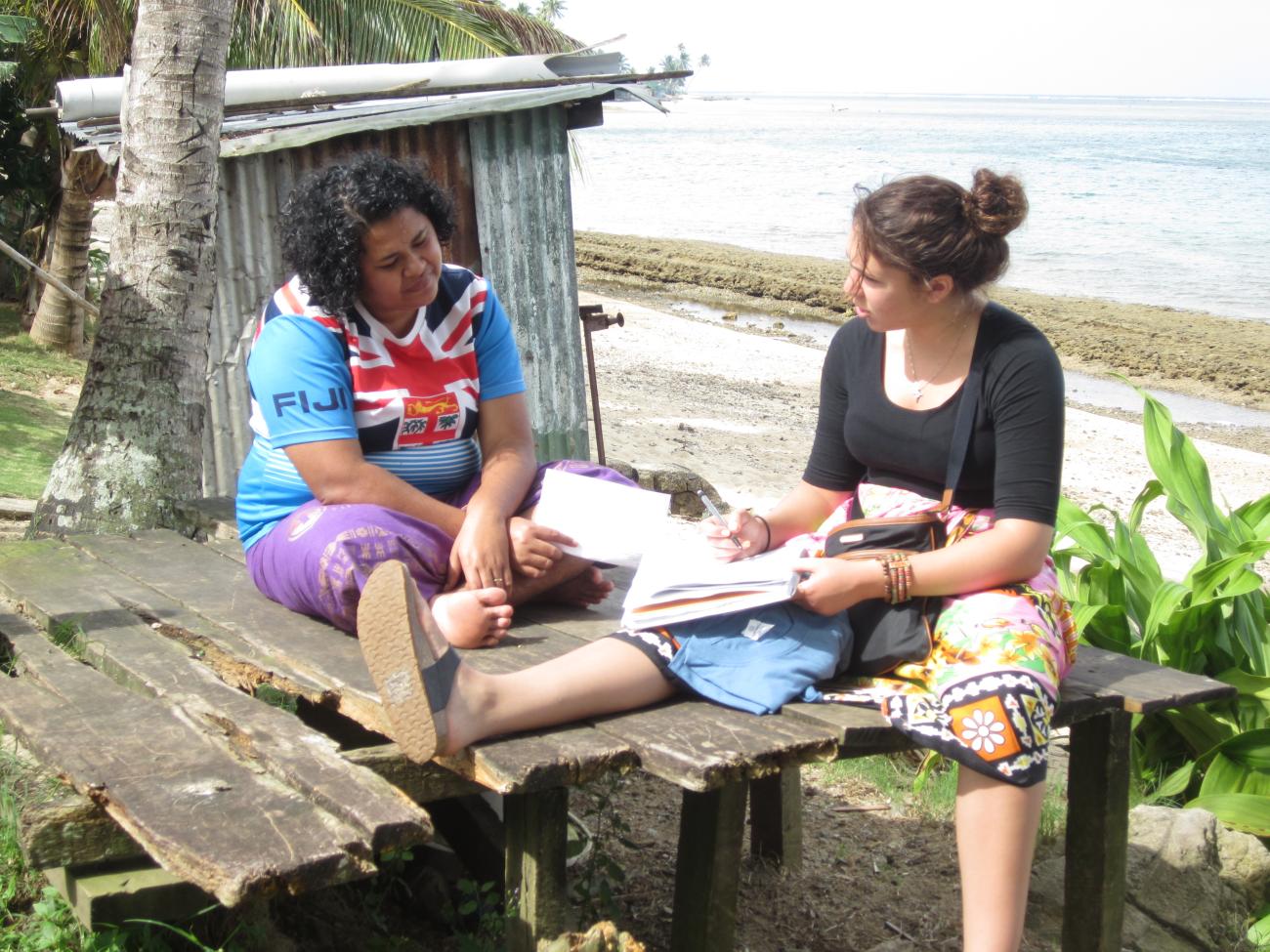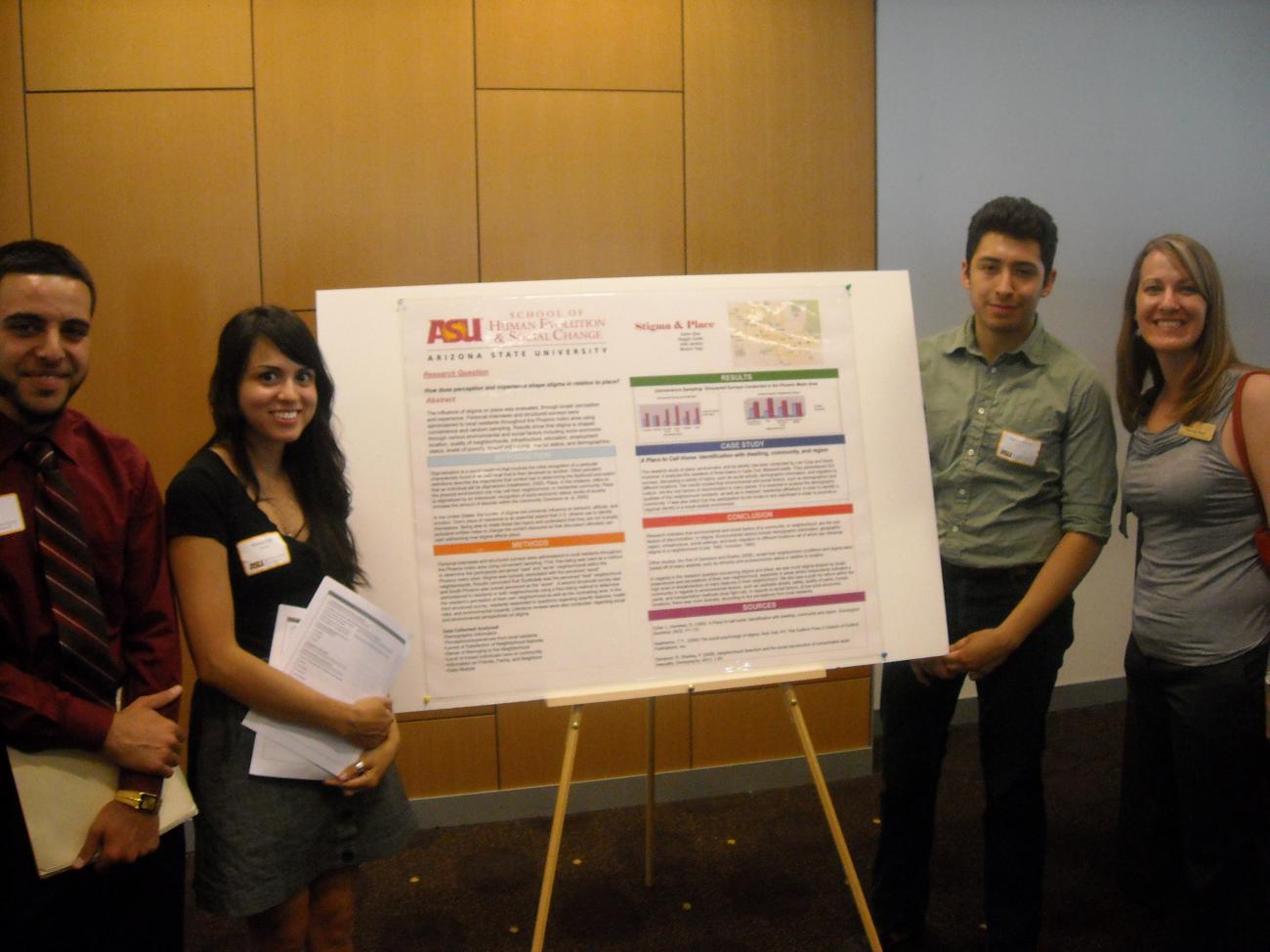
Innovation in Social Science Instruction and Training Lab
In the media
New studies show: Research experience for social science undergrads is valuable for success
Whether online or in person, undergraduate students of Arizona State University's School of Human Evolution and Social Change have many opportunities to engage in real-world research through collecting, managing, analyzing and cleaning data.
Two recent publications led by Alissa Ruth, director of strategic initiatives at the school, use mixed-methods data collection and analysis to show how undergraduate research experiences (UREs) benefit undergraduate students and mentors.

NSF-funded workshop aims to better train future cultural anthropologists
Cultural anthropologists from across the country convened on Arizona State University's Tempe campus last week as part of the Cultural Anthropology Methods Program (CAMP).
Funded by the National Science Foundation, CAMP is a continuation of efforts started in the 1950s to support methods training in cultural anthropology. Today it brings 40 distinguished faculty together with the goals of building methods curriculum for PhD students, making social science research methods accessible to a broad audience, and developing a scholarly community to support methods research in cultural anthropology.
Anthropology graduate to pursue law degree, continue public service for Indigenous communities
Born and raised in Arizona, Manuel Lewis found a home for higher education at Arizona State University. Lewis is a fall 2023 Dean’s Medalist and the first-generation college student is graduating with a degree in anthropology from the School of Human Evolution and Social Change.
Graduate school, declassified
Alissa Ruth, an associate academic professional at Arizona State University, knows firsthand that making your way through the many layers of higher education can be a bewildering process, especially if you’re a first-generation college student like she was.
“When I was an undergraduate, I had no idea what a master’s was, and I didn’t know if I needed one,” she said. “Even going into my PhD after that, it was really hard navigating the system.”

Want More Women & Minorities in STEM? Address Social Oppression in the Classroom, Says New Research
Ninety-nine percent of science, technology, engineering, and math (STEM) jobs in the US require some form of postsecondary education. Yet, degree holders in science and engineering fields remain predominantly white and male. This results in the exclusion of a large portion of the US workforce which consists of 29 percent underrepresented minorities—46.9 percent women and 16.9 percent immigrants—from participating in these high-paying, high-growth fields.
After transferring to ASU, global health graduate gets a new outlook on career, and hometown
For as long as she can remember, Micah Gumaru wanted a profession that could help her, help others. First, as a human rights lawyer and then, after a high school tour of the American Red Cross headquarters in Geneva, as a doctor.
But in 2016, she found herself back home in Arizona after spending two years at Gonzaga University in Washington state. She'd transferred to Arizona State University halfway through her undergraduate studies, and for the first time, her career resolve was faltering.

